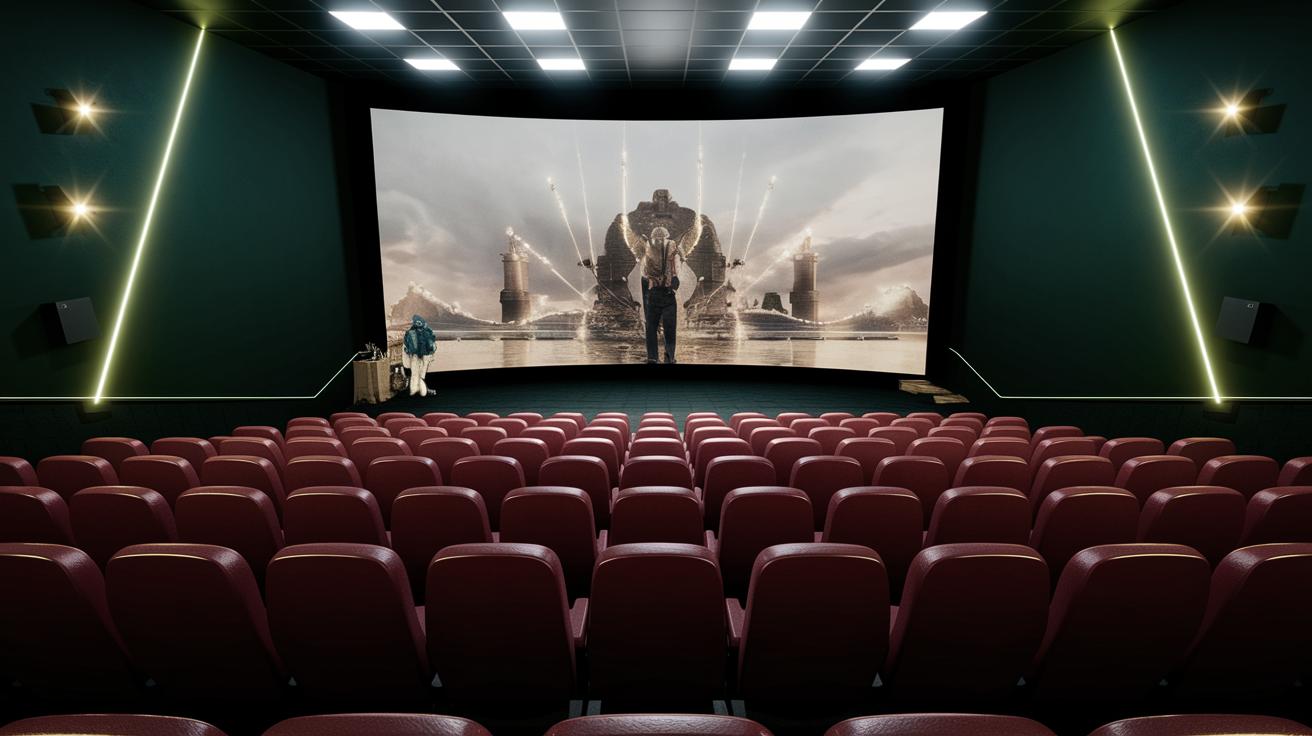How Have Storytelling Techniques Evolved in Recent Years?
In an ever-evolving world, the art of storytelling continues to transform, capturing the imaginations of diverse audiences across various platforms. This blog post delves into five remarkable trends shaping modern storytelling. From the ascent of visual storytelling to the pivotal role of technology, these developments have not only enriched the narrative experience but have also made storytelling more accessible than ever before. The post explores how brand narratives, social movements, and digital tools are redefining the way stories are conceived and shared. By examining these aspects, we can better appreciate the innovation behind today’s storytelling, which fosters deeper connections and widespread engagement. Through this analysis, it becomes clear that storytelling remains a vital, dynamic force in our culture, adeptly adapting to meet the needs and desires of modern audiences.
## by John Lasseter
#5 – THE RISE OF VISUAL STORYTELLING
The rise of visual storytelling marks one of the most significant shifts in narrative techniques in recent years. With the advent of platforms like Instagram, YouTube, and TikTok, stories are not just told through words but brought to life through images and video. This shift harnesses the power of visual media to capture attention quickly and convey complex ideas succinctly. Visual storytelling capitalizes on the brain’s natural preference for processing images, making it an effective tool for engaging audiences on an emotional level.
Moreover, visual storytelling is more accessible to global audiences, transcending language barriers and connecting with diverse demographic groups. It offers a universal language that can travel across cultures, making stories more inclusive. This is particularly powerful in advertising and brand storytelling, where a single image or a short video can leave a lasting impression, demonstrating rather than just telling a brand’s narrative.
#4 – SHARING YOUR ‘WHY’ – THE BRAND STORY
In today’s marketplace, businesses are increasingly focusing on sharing their ‘why’ – the driving purpose behind their brands. This form of storytelling goes beyond traditional advertising by creating authentic narratives that resonate with consumers on a personal level. It emphasizes the values, mission, and motivation that fuel a company, offering audiences a glimpse behind the scenes.
This has become particularly important as consumers seek to connect with brands that reflect their own values and ethics. By communicating their core purpose, brands foster a sense of loyalty and trust, building a community of engaged customers. Effective brand storytelling differentiates a company in a crowded market, establishing an emotional connection that goes beyond mere product offerings.
#3 – STORIES SPARKING ‘SOCIAL’ MOVEMENTS
The role of storytelling in sparking social movements is an empowering trend that has gained momentum in recent years. Stories have the potential to amplify marginalized voices, encourage dialogue, and inspire action, playing a crucial role in societal change. Social media platforms have democratized access to storytelling, allowing individuals and communities to share their narratives widely and mobilize support for causes that matter.
These stories often leverage emotionally compelling and relatable content to galvanize followers. They bridge the gap between awareness and activism, turning empathy into a catalyst for change. From the #MeToo movement to climate change advocacy, storytelling is the thread that weaves individual experiences into the larger fabric of social justice, highlighting the power of a shared narrative in driving collective action.
#2 – NEW TECHNOLOGIES
Technological advancements have provided storytellers with innovative tools to expand their narrative landscapes. Augmented reality (AR), virtual reality (VR), and interactive storytelling are just a few examples of how technology enhances the storytelling experience, creating immersive environments that engage audiences in entirely new ways. These technologies allow storytellers to construct multi-sensory experiences that deepen the narrative impact and offer personalized, participatory roles for audiences.
Moreover, advances in artificial intelligence (AI) have paved the way for personalized storytelling experiences where content can be adapted to individual preferences and behaviors. This not only enhances user engagement but also opens up endless possibilities for creative expression. As technology continues to develop, the potential for storytelling will continue to expand, offering new horizons for creative exploration.
#1 – DEMOCRATISATION
The democratization of storytelling represents one of the most profound transformations in recent years. With the proliferation of digital channels and the lowering of production barriers, more individuals than ever before have the opportunity to tell their stories. The ability to publish and distribute content independently has shifted the traditional gatekeeping of narratives, enabling diverse voices to emerge and thrive.
This has resulted in a more diverse and inclusive storytelling landscape, where varied perspectives are shared, and underrepresented stories are given a platform. Democratization ensures that storytelling is no longer confined to the elite but is accessible to anyone with the creativity and passion to share their narrative. This broadens the cultural tapestry, enabling storytellers to connect with global audiences and enrich the world with a multitude of experiences and insights.
Summary of Main Points
| Trend | Description |
|---|---|
| The Rise of Visual Storytelling | Utilizes images and videos to engage audiences, transcending language barriers and creating inclusive narratives. |
| Sharing Your ‘Why’ – The Brand Story | Focuses on authentic brand narratives that resonate with consumers, fostering loyalty and trust through shared values. |
| Stories Sparking ‘Social’ Movements | Empowers social change by amplifying marginalized voices and inspiring action through relatable, emotionally compelling stories. |
| New Technologies | Employs AR, VR, AI, and interactive storytelling to create immersive, personalized narrative experiences that engage audiences in innovative ways. |
| Democratization | Facilitates a more inclusive storytelling landscape by lowering barriers, enabling diverse voices to publish and share their narratives globally. |


